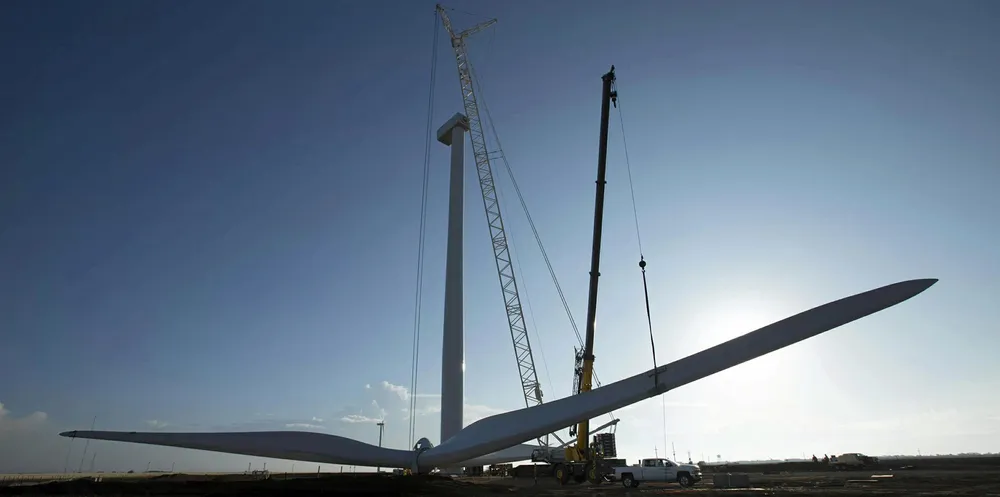Workhorse onshore wind turbine keeps GE's hand firm on tiller in US market: ACP
Power technology giant's 2.8-127 model singlehandedly makes up over 40% of total installations in lower-50 as company holds fast to top slot in domestic market, says American Clean Power report
